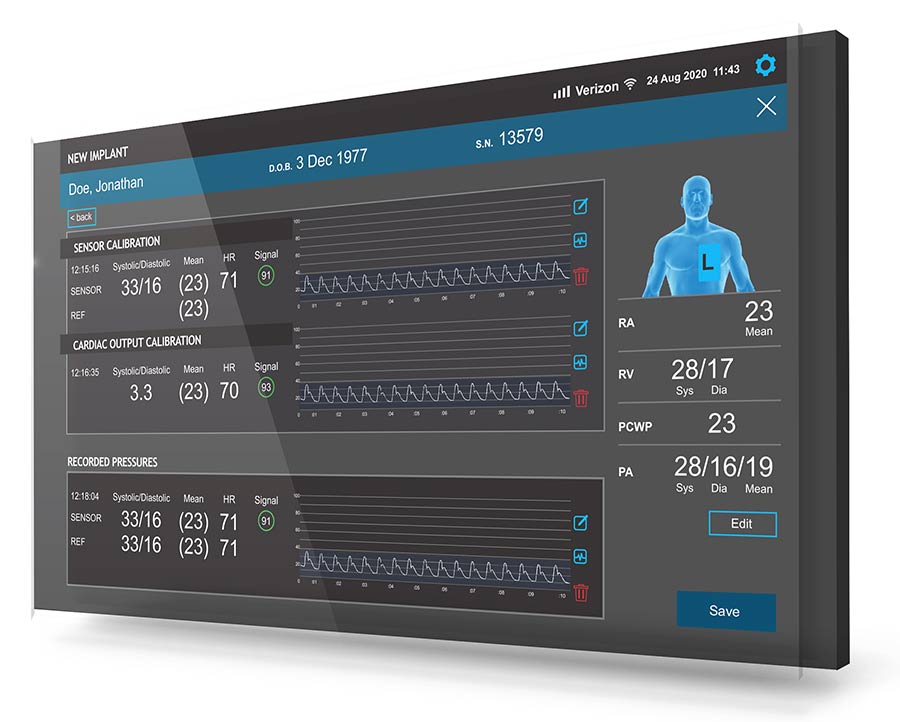UI DEVELOPMENT USING Qt (QML)
Disciplined Approach to User Interface Development Produces Layered Software Platform with Room to Grow
Two leading manufacturers needed custom QML code to develop tailor-made user interfaces for new medical devices.
MedAcuity used Qt to deliver a GUI that appears and operates like the UX design and can communicate seamlessly with the client’s existing back-end code. The solutions have custom components that can be reused as requirements change in the future.

project snapshot
SITUATION
- Program managers at a diagnostic company (“Client A”) needed a proof-of-concept GUI in order to move through a “funding gate” and maintain project momentum on the company’s first new blood gas analyzer in a decade
- Global healthcare leader (“Client B”) required full application development of a GUI for a wireless heart monitor
CHALLENGEs
- Given the complexity of these medical devices, both required customization above-and-beyond Qt’s standard widget library
- In both projects, internal client teams lacked the expertise to develop the Qt-based GUIs using QML with enough precision and speed to ensure high-quality code
Solution
- A layered approach to compartmentalize the code
- C++ code to talk to the back end, Qt as the middle control layer, QML for the GUI layer
- Meticulous code tailored to clients’ needs with reusable components made of 100% custom widgets written in QML
RESULTS
- Well-constructed code can easily be updated as requirements change in the future
- Stakeholders for Client A successfully demonstrated the proof-of-concept to senior management, obtaining a “green light” to move forward with the project
- GUI for Client B’s heart rate monitor exceeded expectations with custom features and style
